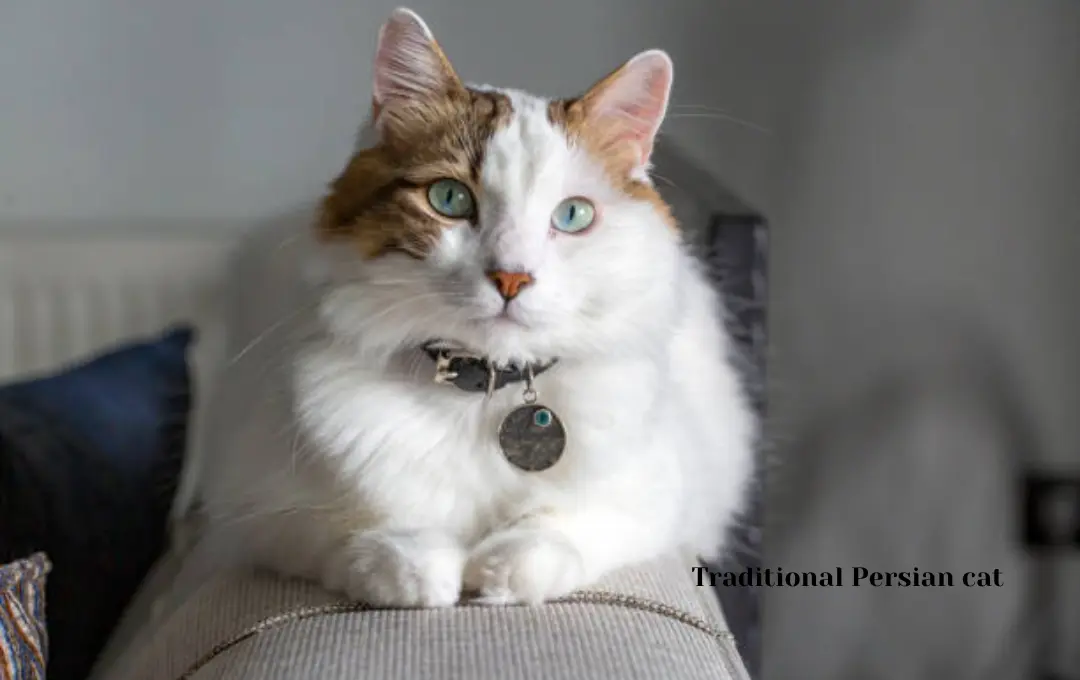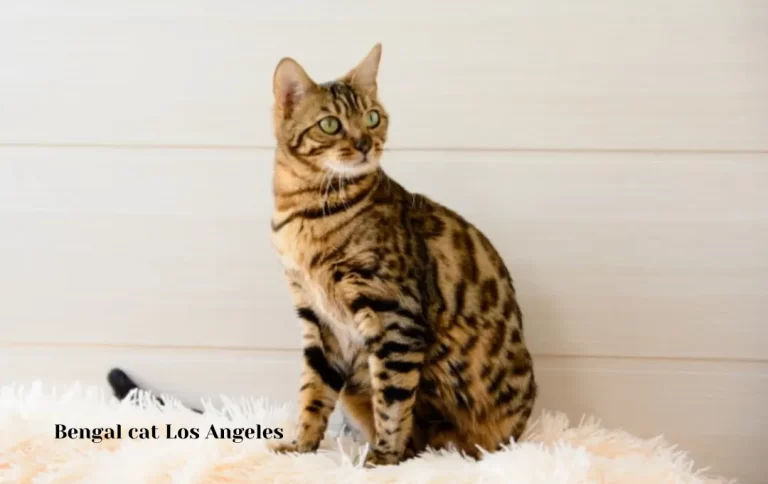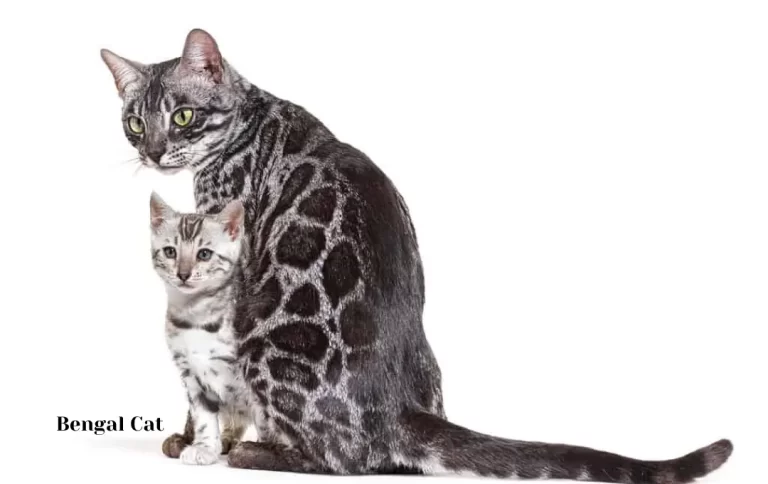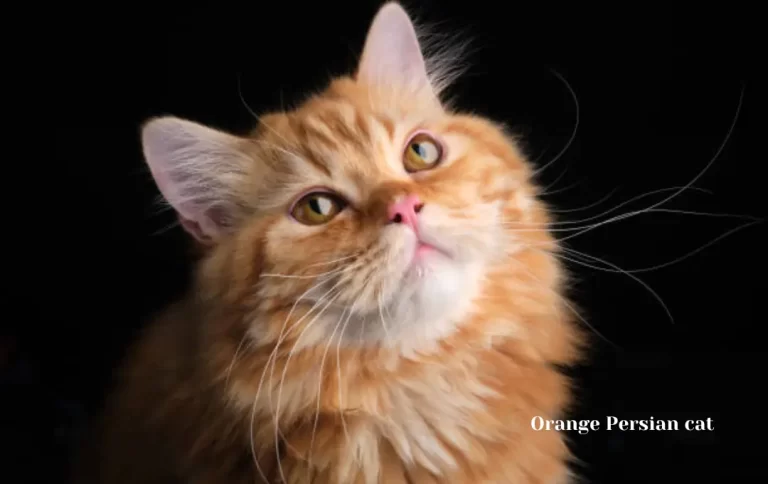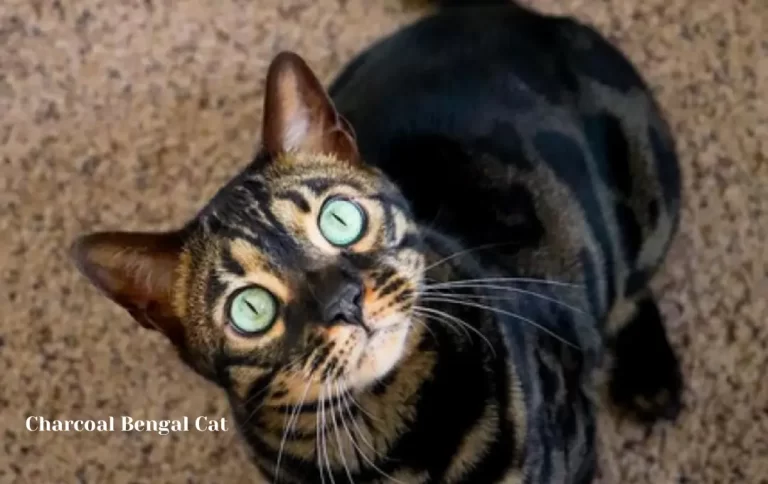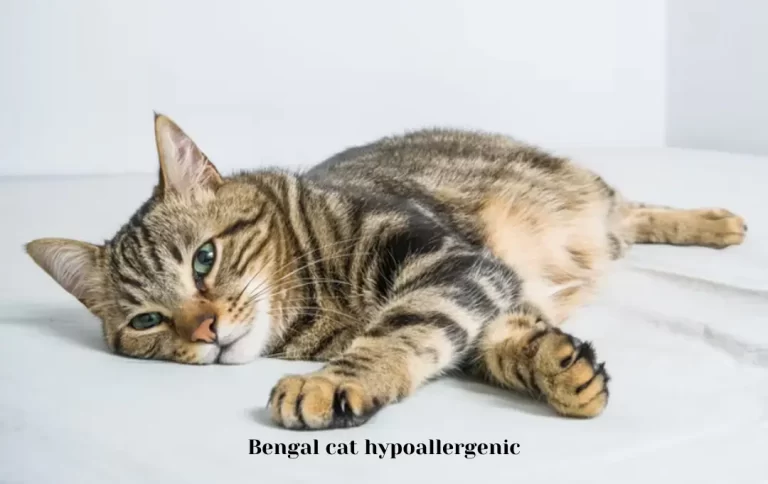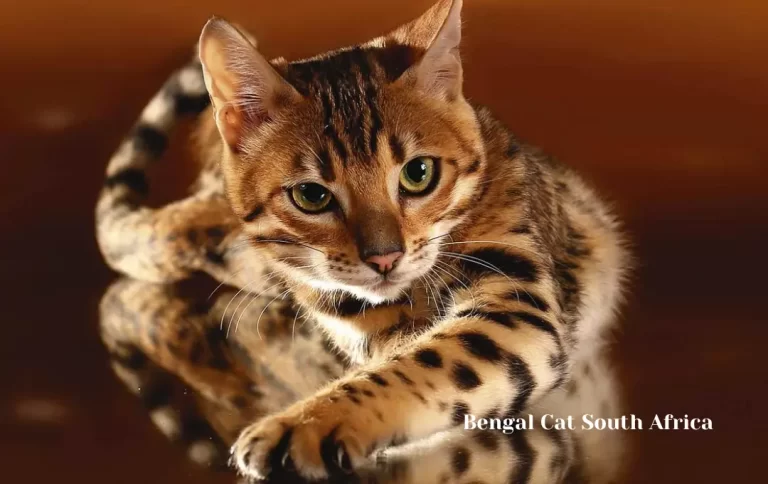reasonable Traditional Persian Cat Price | Persian Cat Prices in 2023
In the realm of feline allure, few breeds captivate the hearts of cat enthusiasts quite like the Traditional Persian cat. With their flowing, luxurious coats, distinctive flat-faced charm, and captivating personalities, these regal felines stand as a testament to elegance and refinement. As the mystique surrounding Traditional Persian cats continues to grow, so does the curiosity about the price one must pay to welcome these majestic creatures into their homes.
This exploration delves into the multifaceted world of Traditional Persian cat price, unraveling the historical, cultural, economic, and ethical threads that weave together to determine the cost of these enchanting companions.
A Glimpse into Persian Cat History
The tale of Traditional Persian cats is one steeped in the rich tapestry of history, tracing its roots back to ancient Persia, the land that is now modern-day Iran. In the annals of time, Persian cats were revered for their majestic appearance and enchanting demeanor, often gracing the palaces of royalty and aristocrats. As we embark on this historical journey, it becomes evident that the allure of Traditional Persian cats is not a fleeting trend but a timeless fascination that has endured for centuries.
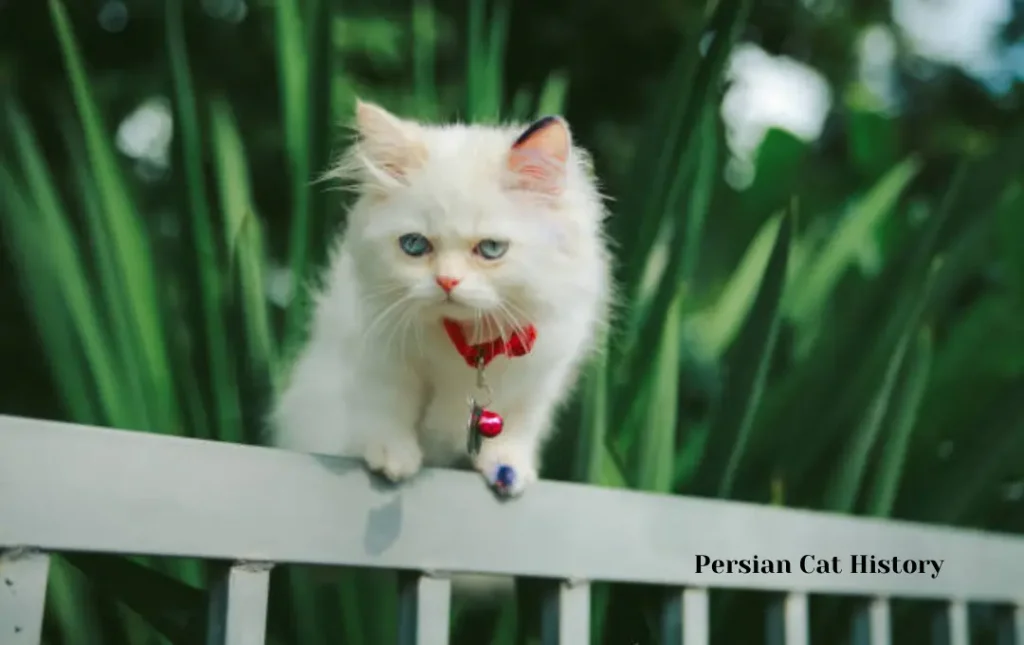
Historical records reveal that these cats were highly prized in Persian society, celebrated for their luxurious coats and distinctive features. Over time, they became symbols of status and sophistication, earning a place of honor in the courts of Persian kings. The elegance and grace of these felines were immortalized in art and literature, further cementing their status as icons of refinement.
The journey of Persian cats did not halt within the confines of Persia. Through trade routes and diplomatic exchanges, these captivating felines found their way to various corners of the world, enchanting hearts far beyond the borders of their place of origin. As the breed spread, it underwent transformations, adapting to different environments and evolving into the diverse range of Persian cat varieties we know today.
Traditional Persian Cat Price
The Traditional Persian cat price can vary based on several factors. Keep in mind that these are general guidelines, and prices may vary depending on your location, breeder reputation, and other specific circumstances. Here are some factors that can influence the price of a traditional Persian cat:
Breeder Reputation: Reputable breeders who prioritize the health and well-being of their cats often charge higher prices. These breeders typically invest in proper veterinary care, and high-quality food, and provide a clean and safe environment for the cats.
Pedigree and Bloodline: Cats with a strong pedigree and desirable bloodlines may be more expensive. The lineage of the cat, including the ancestry of the parents and grandparents, can impact the price.
Color and Coat Pattern: Persian cats come in various colors and coat patterns. Some colors and patterns may be more popular or rare, affecting the price. For example, certain color variations or patterns may be considered more desirable in the Persian cat breed.
Health Guarantee and Vet Care: Reputable breeders often provide a health guarantee and ensure that the cat is up-to-date on vaccinations and has received proper veterinary care. This commitment to the cat’s health may be reflected in the price.
Age of the Cat: Kittens are typically more expensive than adult cats. The price may also vary based on the age of the cat, with show-quality kittens usually commanding higher prices.
Show Quality vs. Pet Quality: Cats that meet the breed standard for showing in cat competitions may be more expensive than those sold as pets. Show-quality cats usually have specific physical characteristics that make them eligible for competitions.
Geographic Location: Prices can vary based on your location. In areas where there is high demand for Persian cats and fewer breeders, prices may be higher.
Inclusions in the Purchase: Some breeders may include additional items or services in the purchase price, such as a starter kit with food and supplies, spaying/neutering, microchipping, or a health certificate.
It’s crucial to do thorough research on the breeder, ask questions about the cat’s health history, and ensure that the breeder adheres to ethical breeding practices. Remember that acquiring a pet is a long-term commitment, so prioritize the well-being of the cat over the initial cost.
Types of Traditional Persian Cats
The world of Traditional Persian cats is a palette of captivating colors, patterns, and variations that contribute to the breed’s distinctive allure. Understanding the myriad types within the breed is essential in unraveling the complexities that influence the pricing of these regal felines.
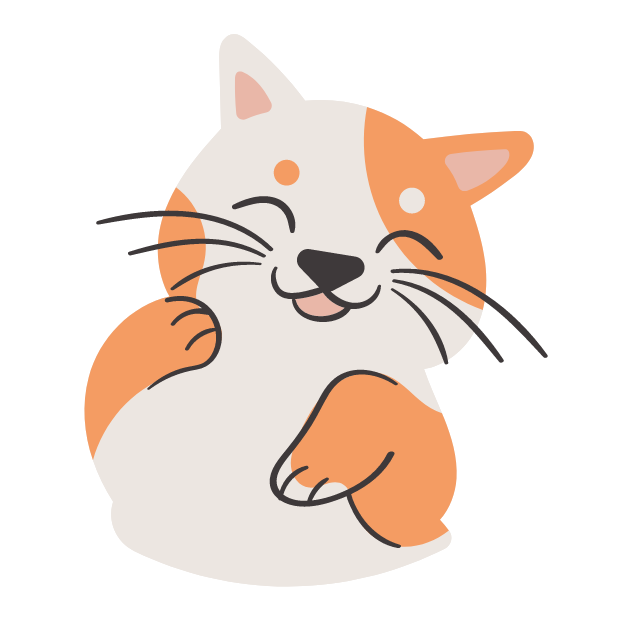
Are there different types of Persian cats?
The Persian cat, which is recognized for its unique face, comes in a wide range of variations that fall under this breed. The Doll Face Persian, Peke-Face Persian, Exotic Shorthair Persian, and other major variations.
Color Variations:
Traditional Persian cats showcase a spectrum of captivating colors, from the strikingly bold to the elegantly subdued. The Persian cat color palette includes but is not limited to solid shades such as white, black, blue, cream, and red. Additionally, there are enchanting bi-color and tri-color variations, each adding a unique flair to the feline’s appearance.
Patterns:
The patterns adorning the luxurious coats of Traditional Persian cats further contribute to their visual charm. From the classic Persian pattern to the Himalayan point pattern, each variation tells a story of the breed’s evolution and the meticulous breeding practices that have shaped its aesthetics.
Persian Cat Classification System:
To navigate the world of Traditional Persian cats, one must grasp the intricacies of the classification system. Cats are classified into different groups based on factors such as color, pattern, and facial features. For instance, the flat-faced or “brachycephalic” Persian cat is a distinct classification, celebrated for its unique appearance.
Understanding these types and classifications is crucial when it comes to determining the price of Traditional Persian cats. Rare colors or patterns, as well as adherence to breed standards in facial features, can significantly impact the perceived value of a cat.
The Influence of Bloodlines
Delving into the world of Traditional Persian cats requires an understanding of the intricate web of feline genealogy. The influence of bloodlines, pedigrees, and ancestral heritage plays a pivotal role in shaping the characteristics, temperament, and overall quality of these majestic felines.
Pedigrees as a Reflection of Heritage:
A cat’s pedigree is akin to its family tree, a detailed record of its lineage that extends through generations. Reputable breeders meticulously document the ancestry of each cat, highlighting the significance of a pure and traceable bloodline. The more comprehensive and well-documented the pedigree, the greater the assurance of the cat’s conformity to breed standards.
The Impact on Physical Characteristics:
Bloodlines are not merely a matter of ancestry; they serve as a blueprint for the physical attributes that define the Traditional Persian cat. Certain bloodlines may be associated with specific coat qualities, facial structures, and even temperament traits. Breeders, through selective pairing, aim to perpetuate desirable traits while mitigating the risk of hereditary health issues.
Quality Assurance from Reputable Breeders:
Reputable breeders are custodians of bloodline integrity. They invest time, effort, and expertise in ensuring that each cat adheres to the standards set forth by breed associations. The careful selection of breeding pairs based on their individual and collective bloodlines contributes to the overall health, beauty, and demeanor of the resulting offspring.
Value Perception and Rarity:
The influence of bloodlines extends beyond physical traits; it also contributes to the perceived value of a Traditional Persian cat. Cats with well-documented and prestigious pedigrees may be deemed more valuable, reflecting the dedication of breeders to preserving the authenticity and quality of the breed. Rare or unique bloodlines can elevate a cat’s desirability, impacting its market value.
Reputable Breeders and their Role in Pricing
In the intricate world of Traditional Persian cat pricing, reputable breeders stand as guardians of the breed’s integrity, health, and overall quality. Understanding their role is paramount to unraveling the factors that contribute to the price tag associated with these regal felines.
Meticulous Care and Selective Breeding:
Reputable breeders distinguish themselves through a commitment to the well-being of their cats. They provide meticulous care, ensuring proper nutrition, veterinary attention, and a nurturing environment for the felines. This level of care is not only a testament to ethical breeding practices but also contributes to the overall health and vitality of the cats.
Selective breeding is a cornerstone of the reputable breeder’s craft. Through a deep understanding of bloodlines, genetics, and breed standards, they carefully choose pairing combinations that enhance desirable traits and mitigate potential health issues. The result is a lineage of Traditional Persian cats that embodies the breed’s essence.
Ethical Considerations and Responsible Practices:
Reputable breeders prioritize ethical considerations in their practices. They aim to avoid overbreeding, inbreeding, and other practices that could compromise the health and well-being of the cats. This commitment to responsibility extends to the entire breeding process, from the selection of breeding pairs to finding suitable and caring homes for the kittens.
Quality Assurance and Documentation:
One of the distinguishing features of reputable breeders is their commitment to documentation. Each cat comes with a comprehensive pedigree, detailing its bloodline and ensuring its conformity to breed standards. This documentation provides prospective owners with transparency and confidence in the quality of the cat they are considering.
The Impact on Pricing:
The commitment of reputable breeders to excellence, ethical practices, and quality assurance inevitably influences the pricing of Traditional Persian cats. The investments they make in the health, care, and selective breeding of their felines contribute to the perceived value of the cats. Prospective owners often find that the assurance of acquiring a healthy, well-cared-for cat from a reputable breeder justifies the higher price associated with such establishments.
The Cost of Caring for Persian Cats
Owning a Traditional Persian cat is not just an investment in a regal companion; it entails a commitment to providing the care and attention these majestic felines deserve. As prospective owners contemplate the allure of a Traditional Persian cat, it’s essential to consider the ongoing expenses associated with their maintenance.
Grooming Regimen:
The hallmark of Traditional Persian cats is their luxurious, long fur, which demands a meticulous grooming regimen. Daily brushing is often necessary to prevent matting and tangling, ensuring the coat remains lustrous and healthy. Professional grooming services may also be required periodically, adding to the overall cost of maintaining the cat’s impeccable appearance.
Special Dietary Needs:
The dietary needs of Traditional Persian cats can differ from other breeds. Their unique facial structure may necessitate a specific feeding routine, such as using elevated bowls to prevent strain while eating. High-quality cat food designed for long-haired breeds is often recommended, contributing to the overall well-being of the cat but also adding to the cost of ownership.
Regular Veterinary Care:
Healthcare is a paramount consideration in the cost of caring for Traditional Persian cats. Routine veterinary visits, vaccinations, and preventive care are essential to ensure the cat’s long-term health. Additionally, owners should be prepared for the possibility of breed-specific health concerns, such as dental issues and respiratory challenges, which may require specialized veterinary attention.
Environmental Considerations:
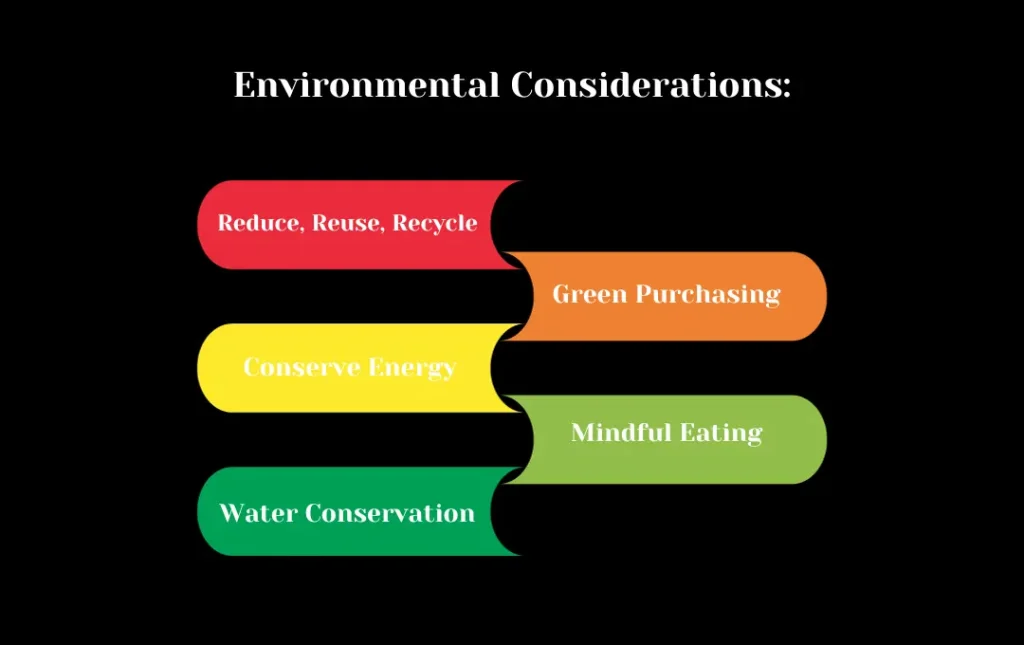
Creating a suitable environment for Traditional Persian cats involves investing in cat-friendly accessories and furniture. Scratching posts, cat trees, and cozy resting spots become not only essential elements for their well-being but also additional expenses for owners.
Insurance and Emergency Funds:
Given the potential health concerns associated with some Persian cat traits, considering pet insurance is a prudent decision. Insurance can help mitigate the financial burden of unexpected veterinary expenses. Simultaneously, setting aside emergency funds for unforeseen circumstances ensures that owners can provide the best care for their feline companions without compromise.
Supply and Demand Dynamics
In the intricate world of Traditional Persian cat pricing, the forces of supply and demand play a pivotal role in shaping the market. Understanding these dynamics provides insight into why prices may vary and how economic principles influence the availability and cost of these regal felines.
Rarity and Desirability:
The enchanting allure of Traditional Persian cats often leads to high demand, particularly for certain colors, patterns, or bloodlines deemed rare or desirable. The scarcity of specific traits can elevate the perceived value of a cat, influencing its market price. Breeders may respond to this demand by selectively breeding for these sought-after characteristics, further shaping the supply and demand landscape.
Cultural and Trend Influences:
The popularity of Traditional Persian cats can be influenced by cultural trends and societal preferences. For example, if certain colors or patterns become fashionable due to media exposure or celebrity endorsements, the demand for cats with these traits may surge. Conversely, shifts in cultural perceptions or trends can impact the desirability of specific characteristics, affecting the market dynamics.
Breeder Practices and Waiting Lists:
Reputable breeders often have waiting lists for their litters, especially if they are known for producing high-quality cats with desirable traits. The limited availability of kittens from reputable sources can drive demand, potentially leading to higher prices. Breeder practices, such as limited breeding to ensure the health and well-being of their cats, can contribute to the scarcity that influences pricing.
Regional and International Variances:
The demand for Traditional Persian cats is not uniform globally. Cultural preferences, economic conditions, and regional variations in breeder practices can all impact the supply and demand dynamics. Cats that may be considered highly desirable in one region may not command the same level of demand in another, influencing pricing disparities.
Breeding Seasons and Availability:
The breeding seasons of Traditional Persian cats can also impact supply and demand. Breeding cycles, coupled with the limited number of kittens in each litter, create periods of higher demand when litters are available. Understanding these cycles can provide prospective owners with insights into optimal times for acquiring a Traditional Persian cat.
As we navigate the intricacies of supply and demand dynamics, we uncover the economic principles that contribute to the pricing of Traditional Persian cats. The interplay of rarity, cultural influences, breeder practices, and regional variations creates a dynamic marketplace where the allure of these regal felines meets the principles of economic supply and demand. Join us as we explore the fascinating dance between market forces and the enchanting world of Traditional Persian cats.
International Variances in Pricing
The allure of Traditional Persian cats transcends borders, yet the price one might pay for these regal felines can vary significantly from one corner of the globe to another. Understanding the international variances in pricing provides prospective owners with valuable insights into the factors that influence the cost of bringing a Traditional Persian cat into their home.
Geographical Location and Economic Factors:
The economic landscape of a region is a fundamental determinant of Traditional Persian cat pricing. In wealthier regions, where the cost of living is higher, prices for these felines may reflect the overall economic conditions. Conversely, in regions where the cost of living is lower, prices might be more affordable, making ownership accessible to a broader demographic.
Cultural Preferences and Trends:
Cultural preferences play a crucial role in shaping the demand for Traditional Persian cats. Certain colors, patterns, or bloodlines may be highly sought after in specific regions due to cultural aesthetics or trends. Understanding these preferences provides insight into why prices may vary based on the unique demands of different cultures.
Breeding Practices and Standards:
International variations in breeding practices and standards contribute to differences in Traditional Persian cat pricing. Some regions may have stringent regulations and ethical standards, influencing the quality and care provided by breeders. Reputable breeders adhering to high standards often command higher prices for their cats.
Import and Export Costs:
The logistics of importing and exporting Traditional Persian cats also impact pricing. Costs associated with transportation, quarantine procedures, and documentation contribute to the overall expenses incurred by breeders, which may be reflected in the final price of the cat. Additionally, legal and regulatory requirements for cross-border transactions can add complexity and cost.
Availability of Reputable Breeders:
The presence and availability of reputable breeders vary globally. In regions where reputable breeders are more abundant, competition may influence pricing to be more competitive. Conversely, in areas where reputable breeders are scarce, the limited supply may drive prices higher.
Understanding the international variances in Traditional Persian cat pricing is essential for those navigating the global marketplace for these enchanting felines. Whether one is considering purchasing from a breeder in Europe, Asia, North America, or elsewhere, recognizing the impact of economic, cultural, and logistical factors provides valuable context for prospective owners.
The Show Quality Conundrum
The world of Traditional Persian cats is often intertwined with the realm of cat shows, where feline beauty, poise, and adherence to breed standards take center stage. For those seeking a cat that not only embodies the essence of the breed but can also shine in the spotlight, the concept of “show quality” becomes a significant factor in pricing. Let’s unravel the complexities of the show quality conundrum.
Understanding Show Standards:
Cat shows operate on a set of standards established by breed associations. These standards outline the ideal characteristics for each breed, encompassing factors such as coat quality, color, pattern, facial structure, and temperament. Show quality Traditional Persian cats are those that closely align with and often exceed these established standards.
Investments in Breeding for Show Quality:
Breeders aiming for show quality invest considerable time, effort, and expertise in their breeding programs. Selecting breeding pairs that possess the desirable traits outlined in show standards is a meticulous process. This level of dedication often translates to higher costs associated with breeding, impacting the pricing of kittens born from show-quality lines.
Enhanced Aesthetics and Traits:
Show quality Traditional Persian cats boast enhanced aesthetics and traits that set them apart from their non-show counterparts. Their coats may be more lustrous, their facial features more aligned with breed standards, and their overall presentation exudes the elegance and poise required for success in the show ring.
Competitive Show Circuits:
Participating in cat shows involves additional expenses, including entry fees, travel costs, and grooming supplies. Breeders of show quality cats often invest in showcasing their cats in competitive circuits to demonstrate their excellence. The success of cats on the show circuit can further contribute to their perceived value and impact pricing.
Is Show Quality Necessary for All Owners?
While show-quality Traditional Persian cats are a testament to breeding excellence, not all owners necessarily seek a cat for the show ring. The conundrum arises when prospective owners must weigh the additional costs associated with show quality against their own desires and intentions for the cat. Some may find that the enhanced traits and prestige associated with show quality justify the higher price, while others may prioritize other factors in their decision-making process.
Ethical Considerations in Pricing
The allure of Traditional Persian cats comes hand in hand with a set of ethical considerations that conscientious breeders and prospective owners must grapple with. As we explore the complex landscape of pricing these regal felines, it is crucial to shine a light on the ethical dimensions that underpin the breeding and acquisition of Traditional Persian cats.
Overbreeding and Welfare Concerns:
One of the foremost ethical considerations revolves around the issue of overbreeding. Breeders driven solely by profit may prioritize quantity over quality, leading to potential health issues, diminished welfare, and an oversaturation of the market. Ethical breeders, in contrast, prioritize the well-being of their cats, ensuring that breeding practices align with principles of responsible stewardship.
Inbreeding and Genetic Health:
In the pursuit of specific traits or bloodlines, the risk of inbreeding may arise. Inbreeding can contribute to genetic health issues in cats, impacting their overall well-being and longevity. Ethical breeders prioritize genetic diversity, implementing breeding practices that mitigate the risks associated with inbreeding and prioritize the health of the breed.
Transparency and Honest Practices:
Ethical breeders value transparency and honesty in their dealings with prospective owners. They provide comprehensive information about the cat’s lineage, health history, and any potential concerns. Transparent communication fosters trust between breeders and owners, ensuring that those welcoming a Traditional Persian cat into their homes are well-informed about their new feline companion.
Responsible Ownership and Lifetime Commitment:
Prospective owners also play a crucial role in the ethical considerations surrounding Traditional Persian cats. Ethical ownership involves a commitment to the lifelong well-being of the cat, including providing proper care, veterinary attention, and a loving environment. Owners must recognize the responsibilities associated with bringing a Persian cat into their lives and be prepared for the long-term commitment required.
Supporting Ethical Breeders:
Choosing to purchase a Traditional Persian cat from a reputable and ethical breeder is a decision that aligns with responsible ownership. Supporting breeders who prioritize the health, welfare, and ethical treatment of their cats contributes to the overall well-being of the breed and promotes a culture of responsible feline companionship.
Alternative Options and Adoption
In the multifaceted landscape of Traditional Persian cat ownership, alternative options, and adoption present viable and ethical avenues for those seeking the companionship of these regal felines. Exploring these alternatives not only offers prospective owners diverse choices but also contributes to the well-being of cats in need.

Shelters and Rescue Organizations:
One of the most compassionate ways to bring a Traditional Persian cat into one’s life is through adoption from shelters or rescue organizations. These cats, often in need of loving homes, come from various backgrounds and circumstances. Adopting from shelters not only provides a second chance for a cat in need but also aligns with the principles of responsible pet ownership.
Ethical Considerations in Adoption:
Adopting a Traditional Persian cat from a shelter or rescue organization aligns with ethical considerations surrounding overbreeding and the welfare of felines. By choosing adoption, individuals contribute to the well-being of cats that may have faced challenging circumstances, providing them with a chance for a better life.
Potential Cost Savings:
Adoption from shelters or rescue organizations can also present a more cost-effective option compared to purchasing from breeders. Adoption fees often cover vaccinations, spaying or neutering, and other initial veterinary costs, potentially representing a more affordable way to welcome a Traditional Persian cat into one’s home.
Understanding the Cat’s Background:
When adopting, prospective owners should take the time to understand the cat’s background, health history, and any specific care requirements. Shelters and rescue organizations typically provide information about the cat’s temperament and behavior, helping individuals make informed decisions about the compatibility of the cat with their lifestyle.
Breed-Specific Rescues:
For those specifically interested in Traditional Persian cats, breed-specific rescue organizations may be an excellent resource. These organizations focus on finding homes for cats of a particular breed, providing a specialized avenue for those with a preference for Traditional Persians.
frequently asked questions
Conclusion
In conclusion, the Traditional Persian cat price is a multifaceted topic that encompasses historical, cultural, economic, and ethical dimensions. As prospective owners navigate the enchanting world of Persian cats, understanding these intricacies can lead to informed decisions and contribute to the responsible and ethical care of these magnificent felines. Whether one chooses to invest in a show-quality cat from a reputable breeder or opts for adoption, the journey of bringing a Traditional Persian cat into one’s life is bound to be a rewarding and enriching experience.

